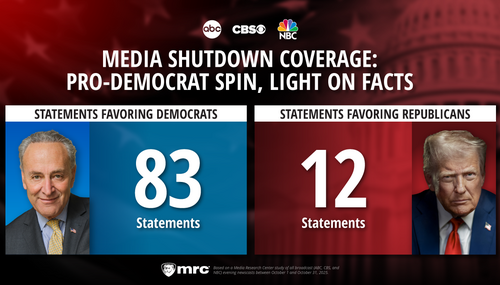CNN this morning did a series of reports from New Orleans focusing on the problems with that city’s levees. “American Morning’s” Soledad O’Brien first interviewed Joey DIFatta, chairman of St. Bernard Parish, along with New Orleans city council president Oliver Thomas. Later, O’Brien questioned an Army Corps of Engineers colonel. During these discussions, it was suggested that lower quality repairs to the levee system were made in the poor neighborhoods of New Orleans, an assertion that the colonel thoroughly refuted (video to follow):
DIFATTA: But I'd like to capitalize a few moments on an issue, and I'm sure Oliver Thomas will agree with this, is it appears as though the repair of the Industrial Canal Levee was less of a repair than what was done at the 17th Street Canal.
S. O'BRIEN: Meaning when they put the steel curtains in?
DIFATTA: That's correct. If you notice, you look over here, you don't see that here.
S. O'BRIEN: You see sandbags.
DIFATTA: You see sandbags. And by design, I think that to relieve the pressure of the break of the water coming in and to break again in New Orleans was left to the Lower Ninth Ward and all of St. Bernard Parish.
S. O'BRIEN: Meaning they opened this up to (INAUDIBLE) the area that would flood?
DIFATTA: That's correct. Absolutely. And this is America. I can't imagine that we would choose to protect some folks more adequately than we choose to protect others.
S. O'BRIEN: But you know the Army Corps of Engineers, when we asked them that question, said that, in fact, the curtain wouldn't work here. It's too deep. It's too wide.
DIFATTA: Well, let me tell you, I thought the Corps of Engineers was smart enough to figure that out prior to this event, and should of known, because we've been telling them for 35 years, that this would happen. You'd think after 35 years of planning they'd have it right by now.
S. O'BRIEN: Whew, you're angry.
DIFATTA: I'm very angry. My people have endured over the last several years. This is our third flood: 1965, four weeks ago and last week. This is not acceptable to the people of St. Bernard Parish.
Later that hour, O’Brien interviewed Col. Duane Gapinski of the Army Corps of Engineers:
S. O'BRIEN: There's still a fair amount of water in the Ninth Ward. And just a moment ago, I don't know if you were able to hear it, the chairman of the parish and also the New Orleans council member, president of the council actually, was very angry. They basically said, you know., you've had 35 years to fix this problem -- not you specifically, but the Army Corps of Engineers. And what's here is substandard to what's, you know, downriver a little bit, where there's those the big earthen levees. You know, here, the wall here is only like this big, the floodwall.
GAPINSKI: Well, it's just a different design. It's meant to afford the same level of protection. I mean, and this is not the only place where a floodwall was breached. So, I mean, I'm not sure what their point is, I mean, because there are other places where we had floodwall failures. We had a floodwall failure on 17th Street, two on London Avenue Canal. So, I mean, the storm was very forceful and caused some damage.S. O'BRIEN: I think their point is sort of poor people live back there, and maybe, historically, no one has kind of really worked to fix the problems, because poor people live back there. It's not the wealthier part of the community, which might get more of the focus. Lets talk about those steel curtains and the steel pylons that were put in at the 17th Street Canal. When do they come out? How do I manage that?
GAPINSKI: Well, we're doing, is we're watching the level in Lake Pontchartrain. As soon as it gets down to about two-and-a-half feet, we'll pull the sheet piling and start pumping water out. We, obviously, don't want the level in the lake too high, or we'd just be pumping against that wall of water and really not making any difference.




